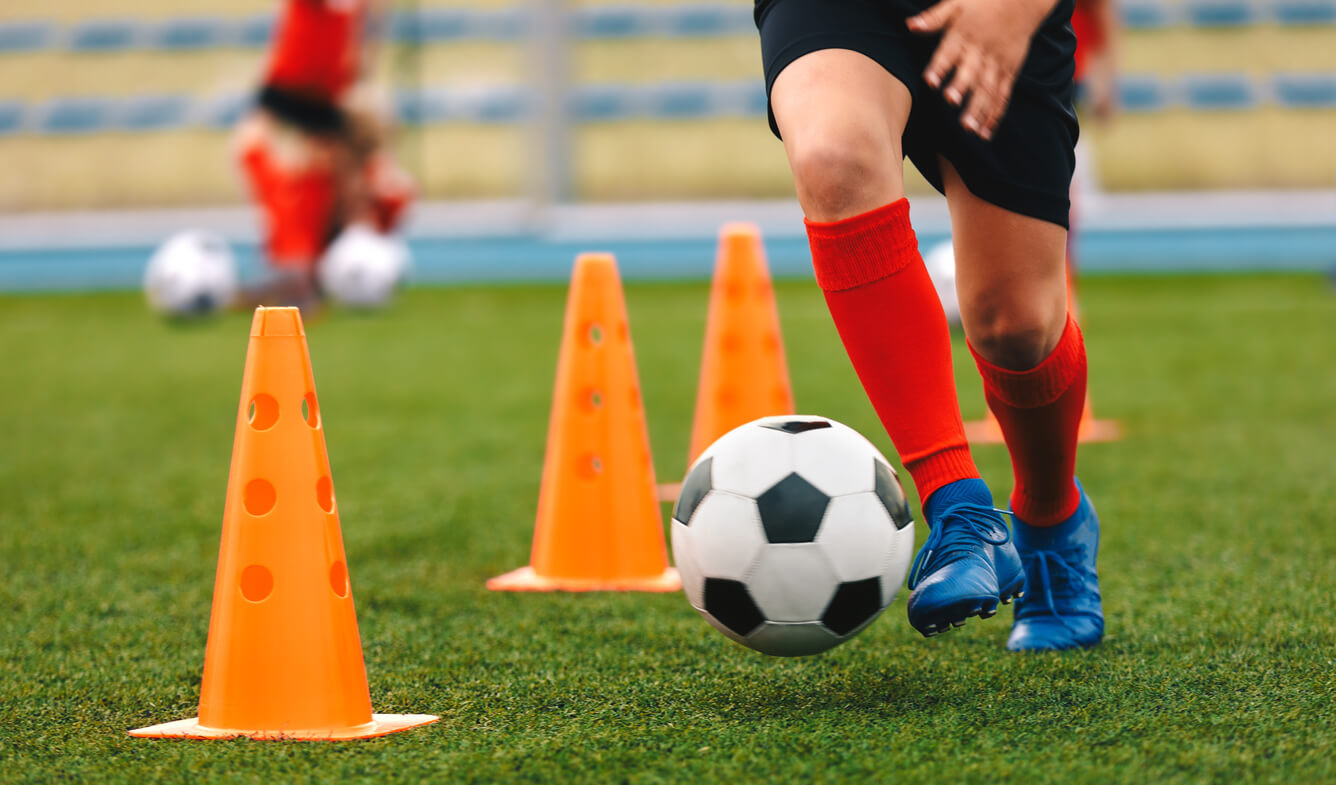Soccer may be the most popular sport in the world, but probably not while you’re in pain from your last soccer game. At Long Island Spine Rehabilitation Medicine, we treat many patients who have suffered musculoskeletal soccer injuries, often youngsters or young adults playing on school or college teams. Soccer is an invigorating game that’s fast-moving and fun to watch as well as play; nonetheless, it can result in painful injuries.
Although soccer is estimated to be dramatically less dangerous than football, it can cause injuries that, if not treated properly, may lead to long-term chronic pain. For this reason, it’s important that you address your soccer injuries as soon as possible. The doctors at Long Island Spine Rehabilitation Medicine are all trained physiatrists who focus on pain relief and restoration of function.
We have a holistic, non-surgical approach to medical treatment. For this reason, we use a wide variety of treatment methods, both traditional and complementary (often in combination). Our goal is to alleviate your pain and get you back in the game quickly.
Common Musculoskeletal Soccer Injuries
Though the excitement and pleasure of playing soccer in the fresh air is undeniable, it can result in painful, even disabling, injuries. Fortunately, most of them can be treated efficiently in our offices. These injuries may involve a broad range of joints, muscles, tendons, and ligaments, and include:
- Ankle sprains — common in soccer because of the kicking, swiveling, and flexing of the foot during play.
- Stress fractures — from repeated impact on any bone. When due to soccer injuries, stress fractures typically occur in the bones of the feet and lower leg. The pain of shin splints, which is less serious than fractures, should not be ignored since it may be a precursor to a stress fracture.
- Achilles tendonitis or tendon rupture — may result from overuse or repetitive motion during soccer play. Though either injury may cause intense pain in the heel, tendon rupture is a more sudden injury, whereas tendonitis develops more gradually.
- Groin pulls — as uncomfortable as they sound, occur when the inner thigh muscles are stretched beyond their natural limits. Groin pulls are usually sustained during a firm kick or when aggressively playing defense.
- Hamstring Injuries — which affect one or more of the three muscles at the back of the thigh, may range from mild strain to complete rupture. Running, stopping, rapid turning, and sprinting are typically the cause of hamstring injuries.
- Iliotibial Band Syndrome — is an overuse injury involving a tendon commonly called the IT band, the connective tissue along the outside of the thigh. Continuous running during soccer can create friction as the IT band is pulled along the outside of the knee, causing tendonitis.
- Plantar Fasciitis — is a reason for foot pain. It is caused by inflammation of the band of tissue that runs from the heel to the toes. There are a number of factors that may cause plantar fasciitis in soccer players, e.g. playing in footwear without strong arch support or playing on hard, unyielding surfaces.
- Knee Injuries
The knee, so involved in running, turning, and kicking, is quite vulnerable to injuries during soccer. Among these injuries are: runner’s knee (patellofemoral pain syndrome), ligament sprains of tears (e.g. of the ACL) which can result in pain, swelling, tenderness at the joint line, and limited range of motion. Soccer players may also suffer meniscus tears. The meniscus is a C-shaped piece of cartilage that cushions the space between the femur (thigh bone) and the tibia (shin bone).
What Our Talented Physiatrists Can Do to Help
Our doctors’ primary goal is relieving your pain and restoring you to your normal activity level as quickly as possible. We know that your emotional, as well as your physical well-being, requires exercise and camaraderie, so we will use the treatment methods that will work most effectively in your particular case, such as platelet-rich plasma (PRP), acupuncture, and/or physical therapy. If you’re Seeking the Most Effective Treatment for Your Soccer Injury? Contact us today.
